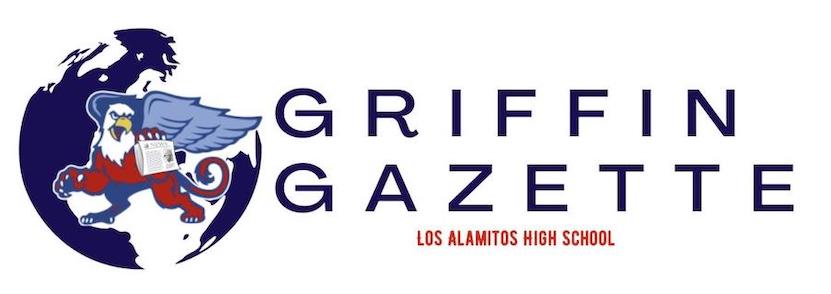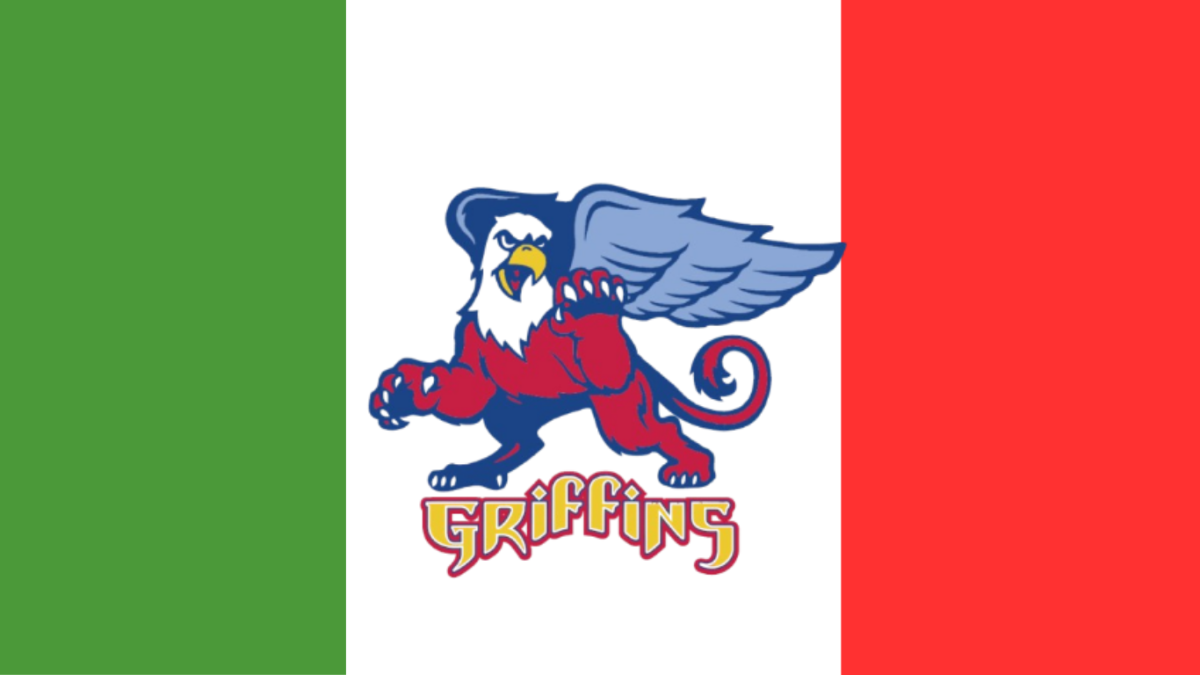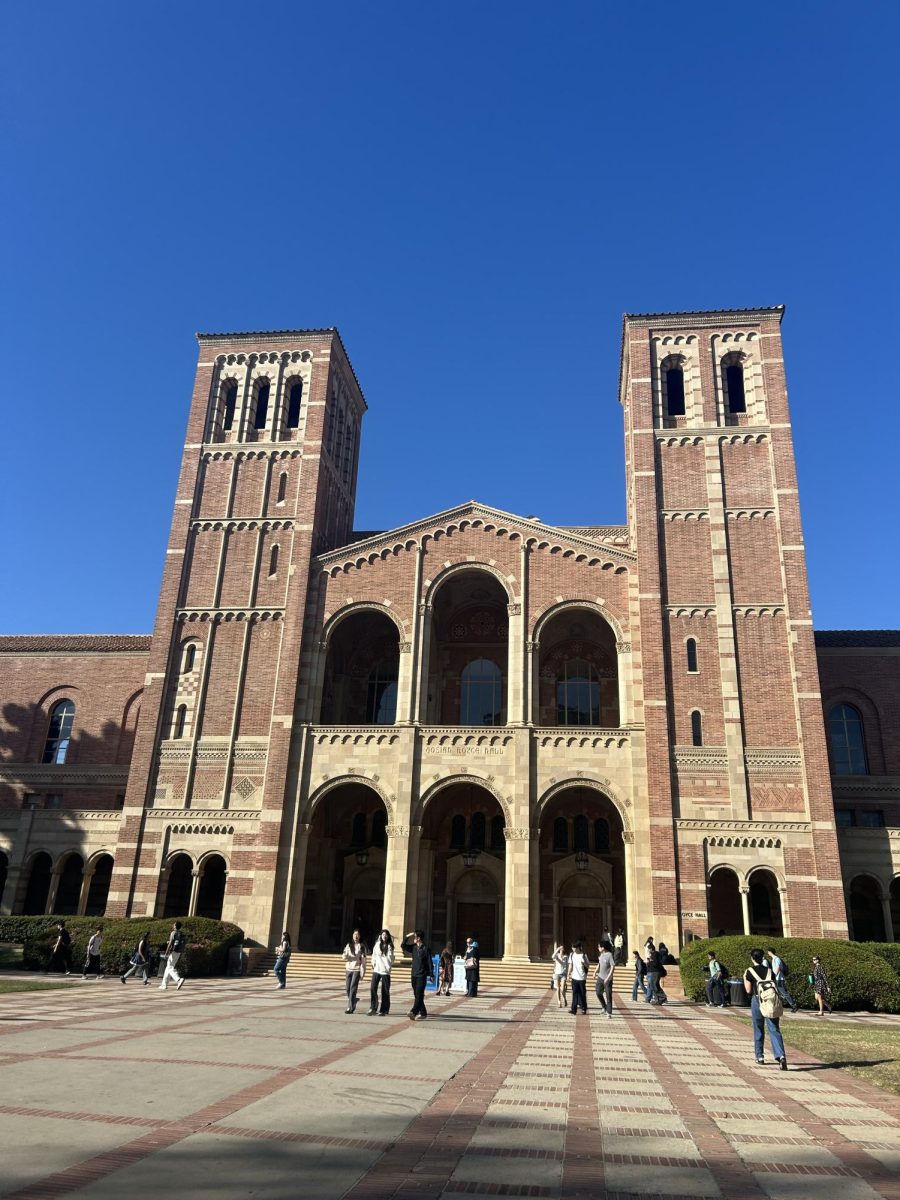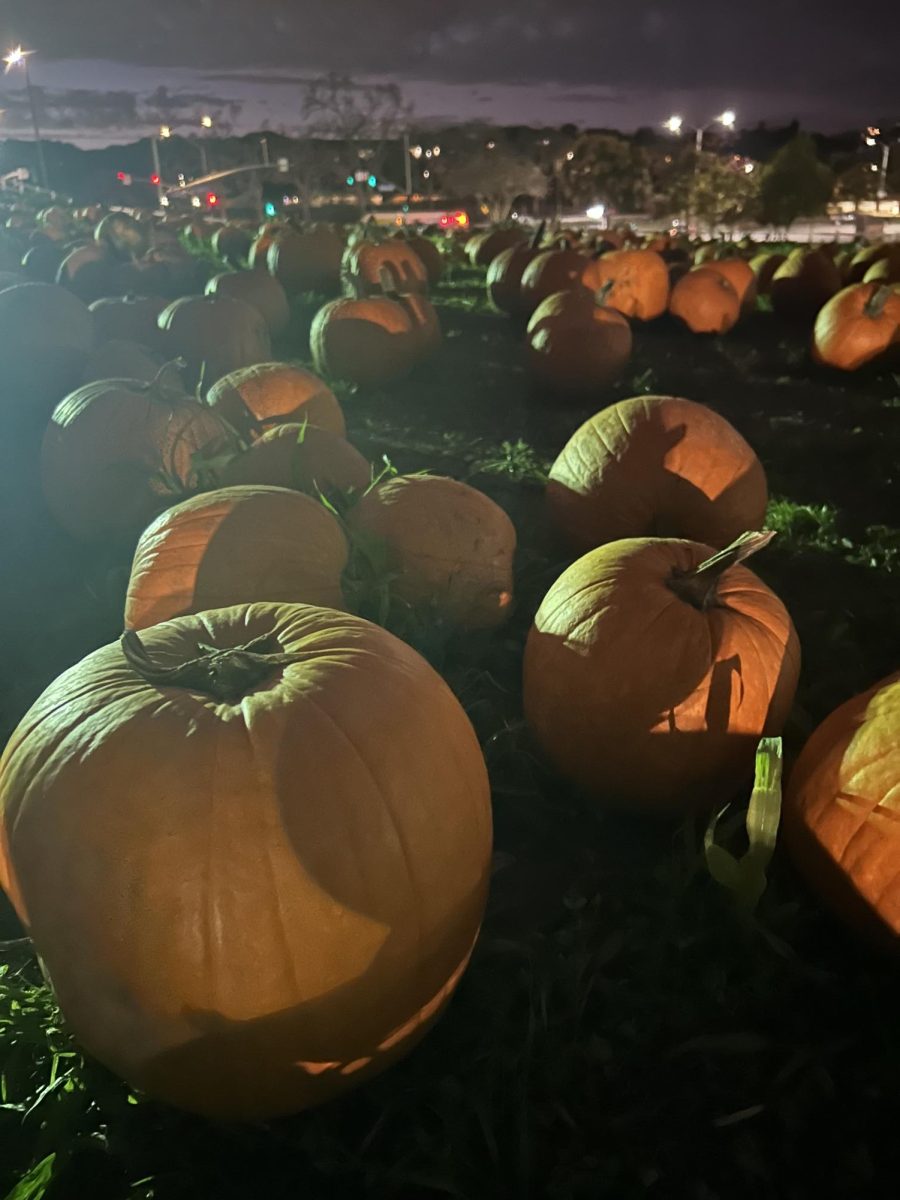Lunar New Year: One name, many cultures
Lunar New Year is not only celebrated in China, as many people think.

A digital artistic representation of Lunar New Year 2023 and the Year of the Rabbit.
January 21, 2023
LOS ALAMITOS, CA– This season marks an important part of Asian American culture. Starting in January, Lunar New Year is celebrated across a plethora of East Asian cultures as a welcome for spring. Although many people may hold Lunar New Year synonymous with Chinese New Year, it is not the only Asian nationality that celebrates the holiday. While the term “Chinese New Year” is specifically for China and Taiwan, the term “Lunar New Year” is more general to all countries that celebrate it. However, each has its own traditions and celebrations for the new season.
Chinese and Taiwanese New Year
Chinese and Taiwanese New Year occur on January 22. Many have likely heard about the Chinese zodiac, with each new year being represented by a different zodiac animal.
This year is the Year of the Rabbit, which is a symbol of longevity, peace, and prosperity. The legend of Chinese New Year tells a story about a monster called the Nian that would appear every New Year’s Eve and wreak havoc on the villages. To scare away the monster, the people wore red clothes, made posters out of red paper, lit candles, and burned bamboo.
Chinese New Year lasts for around 16 days from Chinese New Year’s Eve to the Lantern Festival. It is celebrated by having family reunions, cleaning homes, eating traditional food, and fireworks.
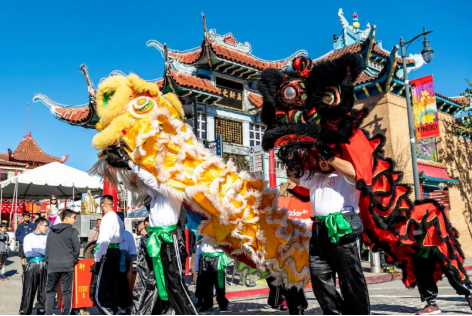
Alicia Tan, a Los Al senior said that her favorite part of celebrating the new year is all of the delicious food.
“I eat food from my culture a lot, but I feel like, for the new year, there is always a lot more of it,” she said. “ We eat better quality food because it is a special occasion.”
Tan and her family celebrate both Chinese New Year and Japanese New Year, Shōgatsu. She recently wrote a Griffin Gazette article where she reflects on what her culture and heritage means to her, sharing personal experiences about celebrations with family for the Lunar New Year.
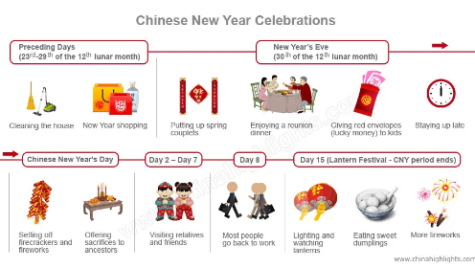
Vietnamese Tet
Vietnamese communities also celebrate the occasion on the same day as Chinese Lunar New Year. Vietnamese new year is known as Tet and is very popular among Vietnamese communities here in Southern California.
Similarities between Tet and Chinese New Year include the Vietnamese dragon dance known as a Mua Lan / Sur Tur, which is adopted from the Chinese Longwu / Longdeng. Both use the same amount of coordinated dancers and are used for the same purpose of driving away evil spirits.
Another parallel includes the handing of red envelopes called Li Xi, which are also derivative of Chinese Hongbao packets. Both are properly given and received with two hands and act as gifts of good luck to children as a good omen to their future. Just like Chinese New Year, Tet uses the same red and yellow colors that are believed to bring good luck.
However, Tet does exhibit some differences that make it unique from its Chinese counterpart. The first and most important difference is in Zodiac signs. While China celebrates the Year of the Rabbit, Vietnam sees 2023 as the Year of the Cat. The second difference is longevity, or lack thereof; whereas Chinese New Year is 16 days, Tet is primarily celebrated for 3 days (the day before New Year’s Eve, the day of New Year’s Eve, and then New Year’s Day) with a prior week of preparation.
Just like in China, the Vietnamese New Year has ancestor veneration by means of food offerings on an altar. One of the uniquely Vietnamese parts of these altars are Mam Ngu Qua, which is a fruit blossom whose variety depends on the cultural region in Vietnam. Northern Vietnamese families tend to display it with fruits that are found in temperate regions, such as grapefruits.
Meanwhile, Southern Vietnamese families tend to use tropical fruits such as coconuts, dragon fruits, and papayas. It is also important to note that the special holiday foods cooked during Tet are also different from the ones prepared during Chinese New Year. Bánh tét and Bánh Chung are the most iconic of the Tet specialties, which is sticky rice with meat fillings that was cooked in banana leaves.
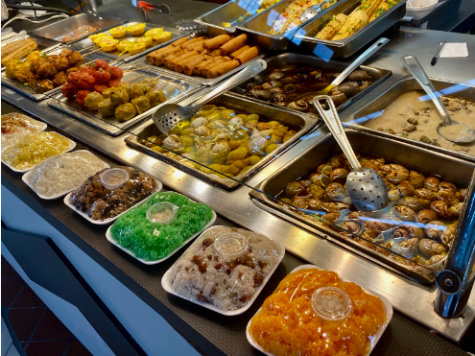
If anyone wishes to partake in Tet and witness Vietnamese culture for themselves, the experience is not too far away. The city of Westminster has a cultural community known as “Little Saigon,” named properly after the old capital of South Vietnam. The town has the largest number of Vietnamese people outside of Vietnam and is home to some of the best Vietnamese food available. This is especially true for the Asia Garden Mall, as it is built in traditional pagoda-style architecture. Here, you could find pho soup and banh mi sandwiches that many Americans may be familiar with. In addition to these, many authentic dishes that may be harder to find elsewhere are also in Westminster.
Korean Seollal
Seollal is celebrated on the first day of the Lunar Year calendar. Because it is more of a family-based holiday, many people travel back to their family homes to visit relatives.
One Seollal tradition is called Sebae, which is the act of kneeling and bowing to show respect to elders, according to 90-Day Korean. Another is Charye, which is the new year’s tradition of worshipping and honoring ancestors. Families set food on a special table near the ancestral tablets and bow; however, this tradition is not as common in modern times, 90-Day Korean said. Food is also a special aspect of Seollal. Tteokguk is traditionally served during the celebration, which is a soup with rice cake slices, meat and other toppings.
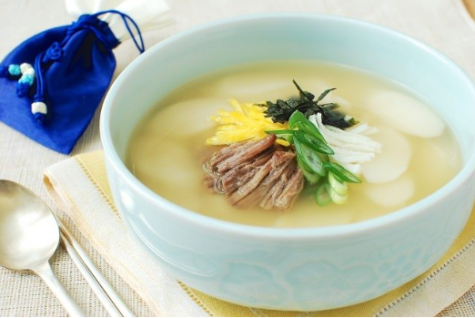
Japanese Shōgatsu
Unlike the other New Years on this list, Shōgatsu takes place on January 1. This is because Japan was the first of the East Asian countries to try to mordernize and adapt to western values during the Meiji period. While it was originally on January 22nd, Japan changed it to the 1st in an attempt to emulate Europe and America.
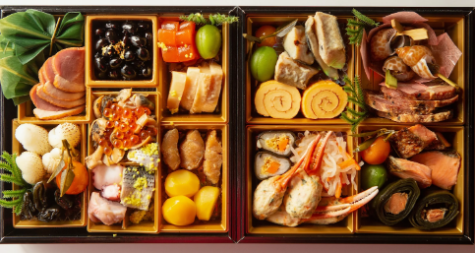
Traditionally, houses are cleaned and decorated with ornaments made of natural materials like pine, bamboo, and plum trees. During the event called Hatsuhinode, people watch the new year’s first sunrise. Next comes Hatsumōde, where people visit temples or shrines. Many traditional dishes are served at family gatherings on this holiday. A few examples include toshikoshi soba, which are buckwheat noodles, mochi, a sticky rice cake, and osechi-ryōri, a box with compartments for different foods that symbolize wishes and hopes for the new year. Tan explained that mochi symbolizes good luck for the new year.

If anyone wishes to experience Shōgatsu for themselves, the closest place to do so is in Little Tokyo, Los Angeles. The place is home to both contemporary and traditional Japanese businesses that serve these festive specialties.
Thai and Laotian New Year
The previous New Year holidays on this list, with the exception of Shōgatsu, tend to shift from January to February in different years as they follow the Lunar Calendar. Thailand and Laos used to follow this cycle but chose to fixate their new year holidays to April, making these occasions specific to their own culture. The Thai New Year holiday is called Songkran, and in Laos, it is called Pi Mai.
There are still some similarities between them and the previous holidays on this list. Just like the past nations that are mentioned here, Pi Mai also includes similar ancestor reverence that is seen in China and Vietnam.
“We set up an altar for our ancestors and offer food to them. We then pray and talk to them,” said Laotian senior Samantha Phomsopha.
Another aspect that is borrowed from Chinese New Year is the use of food to symbolize good fortune. Dishes often tend to have long noodles to represent a long and healthy life. In a similar manner to Tet, families also gather together for a large feast before the New Year. These comparisons that Pi Mai bears with other East Asian cultures lead some partakers of the holiday to also celebrate in January.
“Typically it is celebrated in late April but we celebrate Lunar New Year as well!” Phomsopha said.
The practice that makes Songkran and Pi Mai unique from the other ones on this list is their emphasis on water. In order to welcome a new year, water in Thailand and Laos is symbolically used to wash away the previous year. That is why Buddhist statues and temples in Thailand are often sprinkled with flower-scented water in the days prior to the holiday, as it is a symbol of washing away the struggles of the past.
Just like how Chinese and Vietnamese New Year celebrators give red envelopes to elders, Laotion and Thai youth sprinkle water on the heads of their elders as a similar gesture of respect. While water is still used for solemn religious rituals such as this, its symbolism also makes its way into the fun activities that fill the streets of Laos and Thailand.
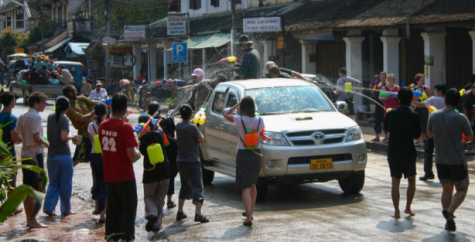
Weather becomes exceedingly hot around this season of celebration, so it is common for the locals to welcome the spring with a large water fight. During this event, people often equip themselves with water guns and containers. Although elders and infants are off limits from this game out of respect, everyone else, including tourists, are fair targets to the soaked and frivolous chaos.
What can we take away from this?
People may wonder why Asian-American families still celebrate Lunar New Year if the US already celebrates the standard New Year on January 1. Even when the world adopts the same systems and practices for the sake of convenience, the cost of doing so is that people tend to become homogeneous as a result.
Although having similar practices is useful at times, having multiple holidays all have the same traditions leads many second and third-generation immigrants to forget about their roots. If we wish to preserve this sense of diversity and uniqueness, then returning to some of these traditions of our parents’ or grandparents’ countries is key in doing so. That is exactly what Asian Americans do this time of year. Though families may have had to leave a native land decades ago, culture and traditions have remained preserved and lives on through the generations.
Additionally, even if someone is not Asian-American, understanding the different cultures of friends and classmates is key to understanding what truly makes humanity “human.”
“I feel like people have misconceptions about [Lunar New Year],” said Tan. “I’m very into cultural awareness. I feel like everyone should educate themselves on cultures no matter if it’s their culture or not. That makes us more empathetic to each other and it helps us build more community. You don’t have to relate to me, but being able to understand me is very important.”

